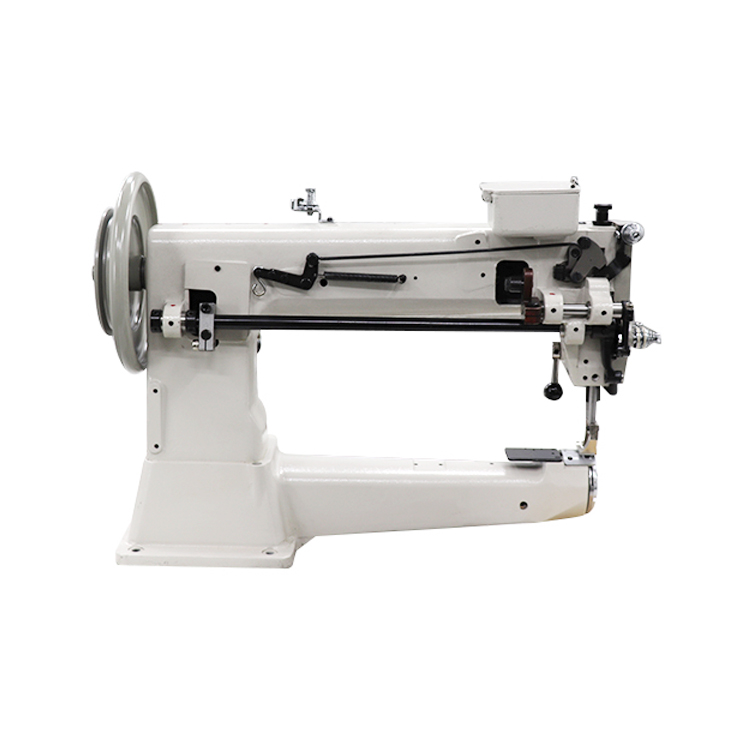Sewing Machines Suitable for Both Fabric and Leather Work
Sewing Machines for Fabric and Leather Choosing the Right One for Your Projects
Sewing has long been a popular crafting ability that allows individuals to express their creativity, repair clothing, and create functional items for everyday use. With the rise of DIY culture, many enthusiasts and professionals are delving into various materials, including fabric and leather. However, selecting the right sewing machine is crucial, especially when working with diverse materials like fabric and leather. In this article, we will explore the unique requirements of sewing with these materials, the types of sewing machines available, and tips for making the best choice.
Understanding the Material Differences
Sewing fabric and leather involves different techniques and tools due to their unique properties. Fabric, typically made from fibers such as cotton, polyester, or silk, is generally more flexible and easier to manipulate. In contrast, leather is a thicker, sturdier material that requires specific handling to avoid damage. When sewing leather, you must consider its thickness, the type of leather (genuine, synthetic, etc.), and the project’s requirements.
The Importance of Choosing the Right Sewing Machine
Not all sewing machines are created equal, and different machines are better suited for different materials. Using a standard sewing machine for leather can lead to frustration and subpar results, as these machines may not handle the thickness or toughness of the leather adequately. Additionally, the selected machine should have features that accommodate various sewing techniques, such as straight stitching, zigzag stitching, and the ability to sew through multiple layers.
Types of Sewing Machines Suitable for Fabric and Leather
1. Heavy-Duty Sewing Machines These machines are designed to handle tougher materials, making them suitable for leather projects. They typically feature a powerful motor, metal frames, and specialized needles that can penetrate thicker fabrics without causing damage.
2. Walking Foot Machines A walking foot sewing machine is equipped with a special foot that helps to evenly feed multiple layers of fabric or leather through the machine. This is particularly useful when sewing leather because it ensures that the material doesn't slip or shift, resulting in a neater finished product.
3. Industrial Sewing Machines For those looking to tackle larger projects or requiring a machine for professional use, industrial sewing machines are a robust choice. They are designed for speed and durability, capable of sewing through several layers of heavy fabrics and leather with ease.
4. Computerized Sewing Machines Many modern sewing machines come with computerized features that offer a variety of stitching options and tension adjustments. Some are specifically designed to accommodate heavier materials like leather, making them versatile enough for different projects.
sewing machine for fabric and leather

Key Features to Look For
When selecting a sewing machine for both fabric and leather, consider the following features
- Needle Compatibility Ensure the machine can accommodate various needle sizes. A specific leather needle is essential for sewing leather, while universal needles can be used for fabric. - Adjustable Presser Foot Pressure This feature allows you to adjust the pressure applied to the fabric or leather as it passes under the foot, which is especially helpful when working with varying thicknesses.
- Stitch Variety Look for machines that offer a variety of stitches, including straight, zigzag, and decorative stitches, allowing for creativity in your projects.
- Durability and Build Quality A sturdy machine is critical when working with heavy materials. Look for metal frames and high-quality components that can withstand the rigors of sewing leather.
Tips for Sewing with Fabric and Leather
- Test Your Materials Always conduct a test run on scrap pieces of fabric and leather before starting your project. This practice allows you to adjust settings and ensure you are comfortable with the machine’s handling.
- Use Appropriate Thread Opt for a strong thread, such as polyester or nylon, especially when sewing leather, which requires additional strength to withstand wear and tear.
- Invest in Quality Tools Aside from the sewing machine, investing in high-quality cutting tools, needles, and other accessories will greatly influence the results of your sewing endeavors.
Conclusion
Choosing the right sewing machine for fabric and leather can enhance your crafting experience and improve the quality of your projects. By understanding the differences between these materials and focusing on the specific features of sewing machines, you can find the perfect tool to bring your creative visions to life. Whether you’re a novice or an experienced sewer, the right machine will make all the difference in achieving beautiful, high-quality results. Happy sewing!
-
Industrial Cylinder Arm Sewing Machine: Revolutionizing Heavy-Duty SewingNewsJul.28,2025
-
Cylinder Arm Sewing Machine: Perfect for Special Sewing ApplicationsNewsJul.28,2025
-
Cylinder Bed Sewing Machine: Essential for Sewing Complex MaterialsNewsJul.28,2025
-
Heavy Duty Sewing Machine: The Essential Tool for Industrial ApplicationsNewsJul.28,2025
-
Computerized Pattern Sewing Machine: Revolutionizing Precision StitchingNewsJul.28,2025
-
Heavy Duty Industrial Sewing Machine: Power Meets PrecisionNewsJul.28,2025
-
Leather Sewing Machine: The Industrial Standard for Tough MaterialsNewsJul.18,2025





























